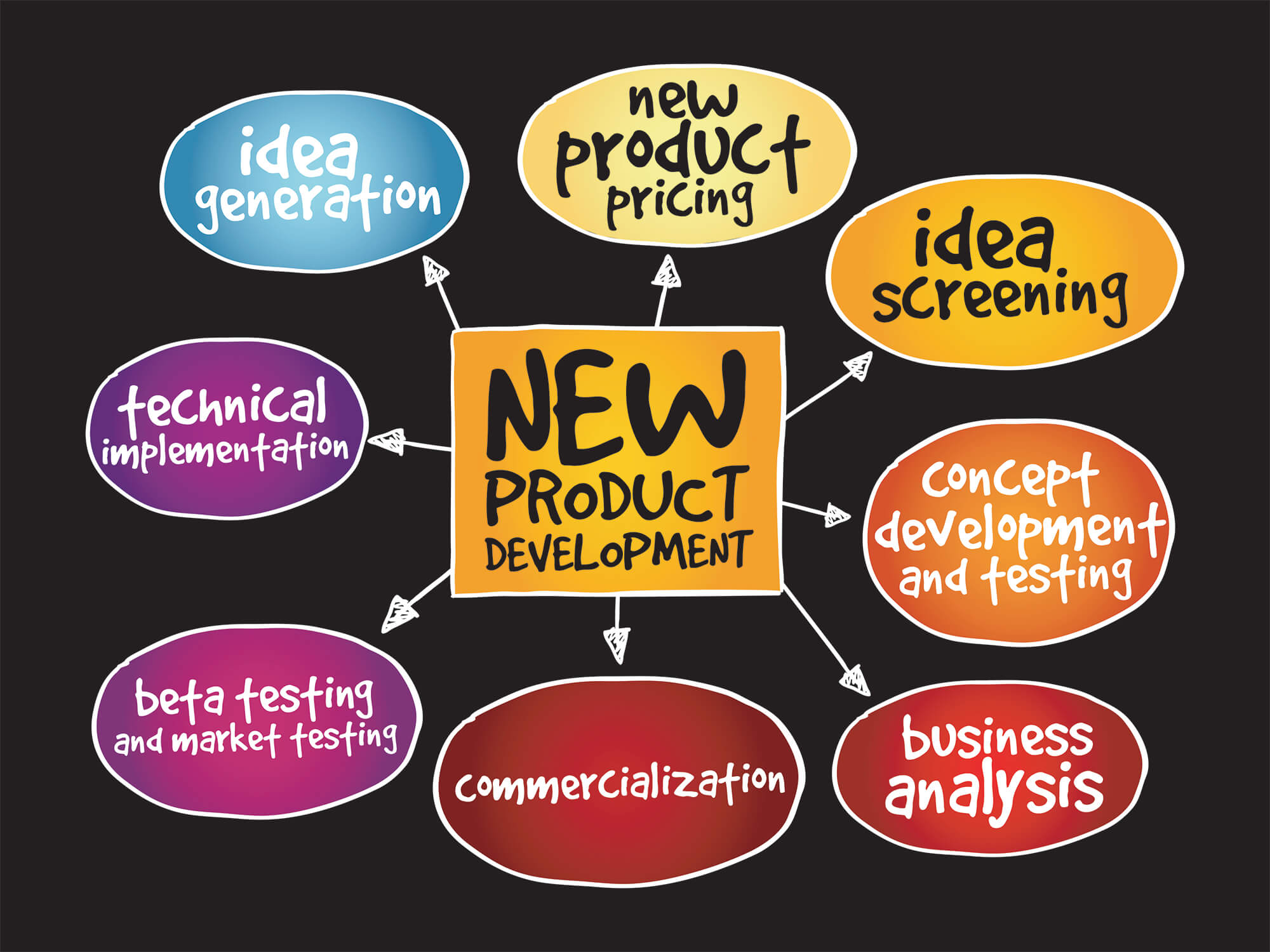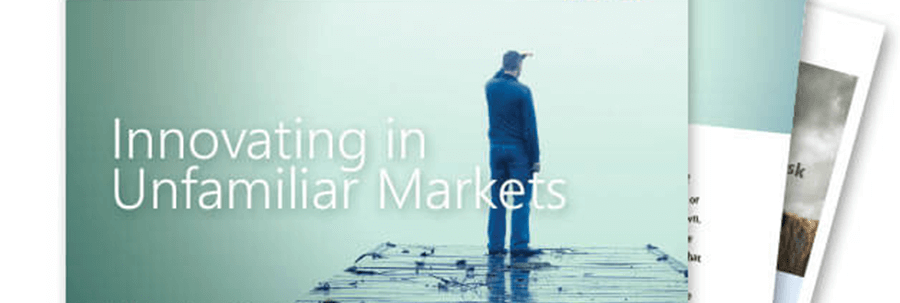Every large company has a system for new product growth. And yet, it’s often pushed aside, not understood, and taken for granted. Some view it as too technical. Some see it as complex. Most don’t recognize the potential energy it could release. What is this critical system? It’s the new product development process (or NPD ... Read More
Blog Category: Product Development
Your innovation needs two types of metrics: “New Product Success” and “Learning Success.”
New Product Success is a metric for current projects. Learning Success—which measures skill-building progress—is a metric for future projects. Most companies just consider New Product Success. Worse, they only look at ultimate metrics, e.g., sales. If they also used intermediate metrics, they’d have enough time to apply what they learned from these metrics.
More in white paper, www.newinnovationmetrics.com
When analytical and discovery thinking compete in NPD processes, expect the former to dominate.
Analysis looks for what has been done wrong; discovery for what could be done right. Failing to discover opportunities is a costly error. Paradoxically, it is most often forgiven. In fact, if your team fails to develop a blockbuster because it missed a critical customer need, no one will even notice. At least not until a competitor does a better job. This is called an error of omission and it’s a serious problem for many B2B companies.
More in 2-minute video at 25. Let your customers surprise you
Innovation in Industrial Markets: Stage-Gate® Is Not Enough
It’s important to recognize what a stage-and-gate process will—and will not—do for you. This research shows why it’s a mistake to count on such a process to drive growth. Given the limitations of internal focus and analytical thinking, you need more. Simply put, your stage-and-gate process is necessary, but not sufficient. ... Read More
Fixate on the only source of unlimited potential, not sources of diminishing return.
Unlike innovation, quality and productivity apply to current operations and yield diminishing returns. What do you do after you reach zero defects… or your factory is being run by the proverbial “man and a dog”? (The man feeds the dog; the dog bites the man if he touches the controls.) Customer-facing innovation is different. There is no limit. Just look at Apple Computer.
More in white paper, www.catchtheinnovationwave.com (page 2)
New product failures: 6 root causes you can avoid
What if you could turn B2B product development into a science? What if you searched for the causes of new product failures as you would for problems in chemical reactions or manufacturing steps? Now you can. We’ll use our “triple diamond” of NPD to examine all 6 steps you must do well to ensure success. ... Read More
Don’t expect your stage-and-gate process to do what it was never designed to do.
It was designed to manage the interface between project teams and your company… for portfolio analysis, resource planning, risk reduction, tracking, etc. Fine, but you also need to improve the interface between teams and customers. Competitive advantage in customer-facing innovation requires skills and tools your competitors lack.
More in e-book, www.SuperchargeStageGate.com
It’s time to Build the B2B Product Manager Organization
Congratulations! You’ve been promoted! On your first day as a new B2B exec, your company’s Director of Public Relations wants to chat. Something about a press release. She says you’ll want to address stockholder concerns. To provide hope despite the weak economy and sluggish sales. To give a reason to believe. A reason to have ... Read More
De-Risking Innovation: How to Thrive in the “Suicide Quadrant”
Many companies struggle trying to enter new markets or introduce new technology. You can apply a new “de-risking” methodology to identify those "landmines” that could blow up your project. This approach not only gives teams a detailed roadmap to follow… it allows them to clearly communicate risk to management. ... Read More
B2B New Product Innovation: Time for Ridiculously Large Profits
If you want a blockbuster new product, you need to meet all 6—not just 4 or 5—of these conditions: 1) A need exists. 2) The need is uncovered. 3) A solution is developed. 4) The solution is delivered. 5) Value is captured (via pricing). 6) Value is protected (via patents or trade secret). ... Read More
Developing Great Products for Unfamiliar Markets
Pursue unfamiliar B2B markets with confidence… by combining New Product Blueprinting and Discovery-Driven Planning. You can use the FAQS map to move from uncertainty to certainty: F for Facts, A for Assumptions, Q for Questions, and S for surprises. ... Read More
Stop Stifling B2B Organic Growth with 2nd Order Effects
In a complex system—like your business—every action leads to a second-order effect (SOE). Some are unknowable. Others are easily predicted but routinely ignored by business leaders. We’ll explore success-stunting SOE’s you should avoid… and a 5th order plan for your B2B organic growth. A college student studies hard, gets good grades (second-order effect), and begins ... Read More
Faster Product Development
Leaders can speed up product development by putting their foot on three “pedals”… resources, communication and accountability. And teams also have three pedals to push: market knowledge for NPD accuracy, risk management, and communication. ... Read More
If you’re paying attention, you can’t miss the Innovation Wave.
About 100 books on innovation are now written weekly… and 100 times as many articles on innovation are now published as in the 1970’s. So if you haven’t noticed, you might not be paying close attention. You know… like General Motors and Chrysler weren’t paying attention to Toyota and the Quality Wave in the 1970’s.
The good news is that your competitors may still be focused on initiatives other than whole-hearted, market-facing innovation. Like Toyota in the Quality Wave, you create a competitive advantage by moving faster and harder on this. More in 2-minute video, Catch the innovation wave.
More in white paper, Catch the Innovation Wave













